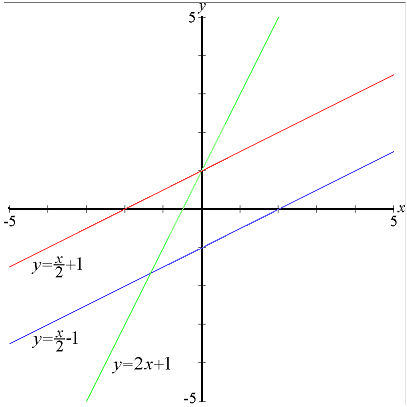Sam H. Jones
The typical nerve cell consists of a body and two kinds of branches. Dendrites receive input from other nerve cells and are usually short. Axons by contrast are often very long and may conduct impulses very rapidly. The axon terminals are positioned near an adjacent nerve or a muscle. Nerve impulses pass from the axons of one nerve to the next nerve or muscle.
Surrounding the axons is an insulating coat of material called myelin. A nerve may be a single axon or bundle of axons. Nerve impulses may move electrically in both directions, but from skin or to muscle it is normally in one direction. (Stewart)
In order to determine conduction velocity stimulating electrodes are placed beneath the skin close to a bundle of nerves. Small recording electrodes are placed on the skin over the muscles being tested. Compound action potential is the sum of firing of many axons within the nerve.
For this unit idealized data will be used to study the reaction times of various animals, as well as humans. Reaction time is nerve conduction from the foot to the brain and back to the foot. The idealized universal conduction velocity will be 100 meters per second. The students will be given data such as the distance from the extremities to the cortex. For example, from the giraffe's toes to his brain is approximately 5 meters. From a mouse's toe to his brain is approximately 0.1 meters.
More detailed procedures and sample data are provided in the lesson plan that follows this section. Students will make tables and from the tables make graphs. Students will then write an equation from the data.
In addition to reviewing basic algebra concepts, students will also be reviewing the use of decimals. This section will also reinforce use of the metric system.
An example of linear equations and their graphs are presented in Figure 1.

Figure 1. source: Wikimedia